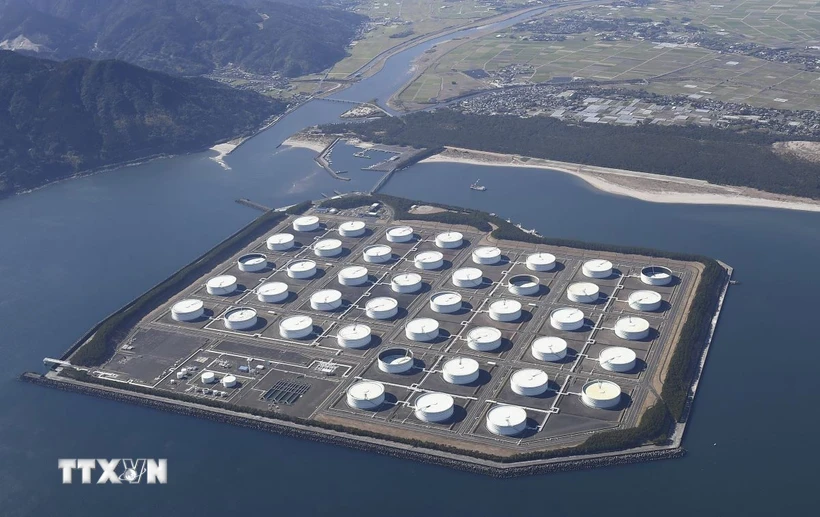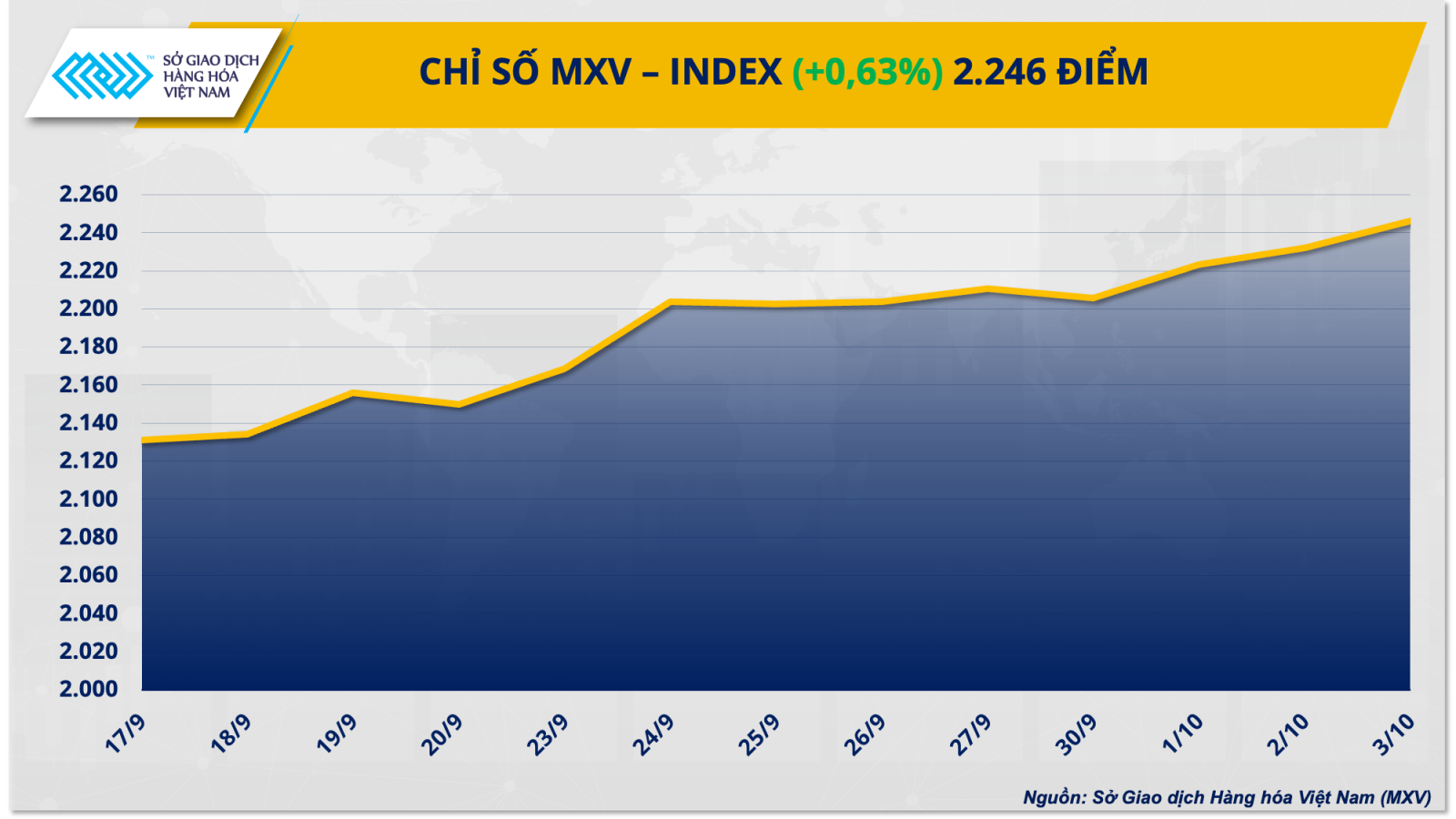Any escalation of tensions in the Middle East brings back memories of the oil embargo that followed the Yom Kippur War in 1973, which caused oil prices to quadruple.

Iran fired missiles at Israel last week, prompting the Middle Eastern nation to threaten retaliation. The escalation of tensions has raised the risk of disruption to the flow of oil from the Middle East to the world, creating a factor that pushes up oil prices.
Many are concerned that oil prices will continue to rise, leading to an increase in world gasoline prices and high inflation could return to threaten the world economy.
In fact, oil prices rose more than $6 per barrel in the week from September 30 to October 4, leading to an increase in gasoline prices. In the US market, the average price for a gallon of gasoline (3.785 liters) increased by 5 US cents compared to the previous week.
Any escalation of tensions in the Middle East brings back memories of the oil embargo that followed the Yom Kippur War in 1973, which caused oil prices to quadruple.
However, global oil supplies have changed dramatically since the 1970s, with the US – a shale oil powerhouse – becoming the world's largest oil producer.
And over the past several months, as fighting between Israel and Hamas and Hezbollah has continued, oil prices have fluctuated within a narrow range and have barely increased. Experts say that only a direct confrontation between Israel and Iran would have a strong impact on oil prices.
Gasoline prices up, but cheaper than last year
Gasoline prices in the US often move in tandem with crude oil prices, since oil prices account for half the cost of each gallon of gasoline.
The national average price of gasoline is now about $3.18 a gallon, according to the American Automobile Association (AAA). But that is still 13 cents lower than a month ago and 60 cents lower than a year ago. The record high average price of gasoline in the United States was $5 a gallon in June 2022.
Therefore, AAA spokesman Andrew Gross said that despite the threat of war and the ongoing hurricane season, domestic gasoline prices in the US are still on a downward trend.
AAA estimates that about 1.2 million of its members live in households with one or more electric vehicles, so continued low gasoline demand and low oil costs are likely to keep gas prices down in the coming months.
Oil Price Outlook
Oil prices are expected to fall, not rise, in the long term, according to most economists, as the balance of supply and demand for oil is tilted in favor of supply—a dynamic that typically has a negative impact on oil prices. Export ports such as Kharg Island in the Persian Gulf could be targeted by Israeli attacks.
The port plays a key role in shipping crude oil from Iran abroad, mainly to Asian countries, including China. Iran currently produces 3.99 million barrels of oil per day, accounting for 4% of the world's total. By comparison, Saudi Arabia produces about 9 million barrels per day.
Despite Western sanctions that have hampered production and exports, Iran has sought to maintain its national oil industry and expand exports.
As of mid-year, the country exported about 2 million barrels of oil per day, up from 500,000 barrels per day in 2020, but still lower than the 2.5 million barrels per day in 2018. If attacked by Israel, Iran's ability to supply oil would certainly be in trouble.
But in its latest update on energy markets, the International Energy Agency (IEA) said global oil demand in the first half of 2024 grew at its slowest pace since 2020.
Meanwhile, supply continues to rise and the Organization of the Petroleum Exporting Countries (OPEC) and its partners, known as OPEC+, have announced plans to increase oil production, starting from December 2024.
Fundamentals appear to be moving in the opposite direction to the recent escalation of tensions, with Iranian crude exports at multi-year highs, suggesting a low chance of a major disruption to global oil supplies, said Barclays analyst Amarpreet Singh.
Tom Kloza, global director of energy analysis at the Oil Price Information Service, estimates that oil prices are approaching a peak. He says Brent could soon hit $80 a barrel, or slightly higher. But the long-term outlook is bearish.
Once the dust settles, oil traders will turn their attention to 2025, he explained. This will be a very difficult year for global crude oil, as supply will almost certainly exceed demand by 500,000 barrels per day to 1 million barrels per day./.
Source





































![[Photo] Prime Minister Pham Minh Chinh chairs Government Conference with localities on economic growth](https://vstatic.vietnam.vn/vietnam/resource/IMAGE/2025/2/21/f34583484f2643a2a2b72168a0d64baa)




















































Comment (0)